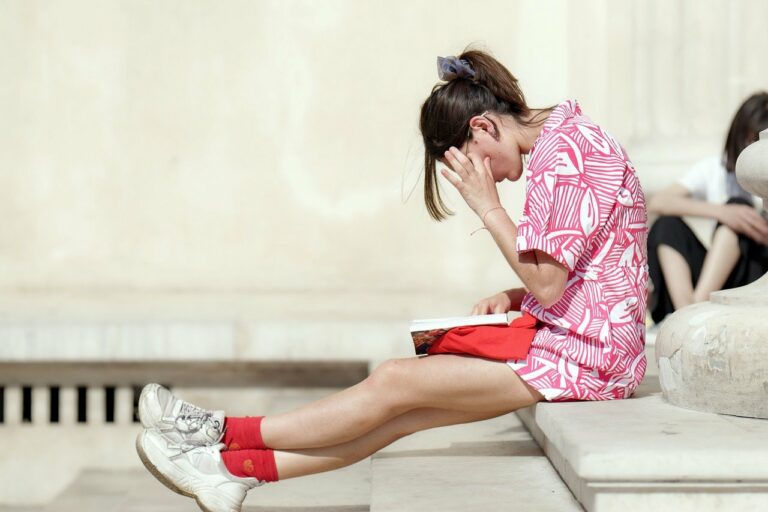Enhancing Creativity through Arts Education
Arts education plays a crucial role in nurturing creativity among students of all ages. It provides a platform for individuals to explore their imagination and express themselves in unique ways. By engaging in various artistic practices such as painting, music, or theater, students learn to think outside the box and look at the world from different perspectives. This enhances their ability to generate new ideas and solutions to complex problems, ultimately fostering a creative mindset that can be applied in various aspects of their lives.
Furthermore, arts education encourages individuals to experiment with different mediums and techniques, allowing them to push boundaries and challenge conventional norms. This process of experimentation not only boosts self-confidence but also teaches individuals the value of taking risks and embracing failures as part of the learning journey. Through this hands-on approach to creativity, students develop a sense of resilience and adaptability that are essential traits in today’s fast-paced and ever-changing world.
– Encourages individuals to think outside the box and look at the world from different perspectives
– Helps in generating new ideas and solutions to complex problems
– Fosters a creative mindset that can be applied in various aspects of life
– Encourages experimentation with different mediums and techniques
– Boosts self-confidence and teaches the value of taking risks
– Develops resilience and adaptability essential traits for today’s world
Impact of Arts Education on Critical Thinking Skills
Arts education plays a crucial role in enhancing critical thinking skills among students. By engaging in artistic activities such as painting, music, or drama, individuals are encouraged to think outside the box and explore unconventional solutions to problems. This process of creative problem-solving not only sharpens their analytical abilities but also fosters a growth mindset, where challenges are viewed as opportunities for learning and innovation.
Furthermore, arts education requires individuals to interpret and analyze complex information through a subjective lens, thus developing their ability to think critically and make informed decisions. By delving into various artistic forms and styles, students are able to refine their cognitive skills, learn to question assumptions, and approach issues from different perspectives. This holistic approach to learning instills in them a deeper understanding of the world around them and equips them with the tools needed to navigate today’s rapidly changing landscape.
Ways Arts Education Fosters Innovation
Arts education plays a crucial role in fostering innovation among individuals of all ages. By engaging in artistic activities such as painting, music, and performing arts, students are encouraged to think outside the box and explore new possibilities. This process of creative thinking allows them to approach problems from different perspectives, leading to innovative solutions that may not have been considered otherwise.
Moreover, arts education nurtures a sense of experimentation and risk-taking in learners. Through hands-on experiences with various art forms, students learn to embrace uncertainty and explore uncharted territories. This willingness to take risks and push boundaries is essential in the innovation process, as it encourages individuals to challenge existing norms and think innovatively to create something truly unique.
How does arts education benefit creativity?
Arts education encourages students to think outside the box, explore different perspectives, and express their ideas in unique ways, all of which contribute to the development of creative thinking skills.
Can arts education help improve critical thinking skills?
Yes, arts education challenges students to analyze and interpret various forms of art, which in turn enhances their critical thinking abilities and helps them make connections between different concepts.
How does arts education foster innovation?
Arts education encourages experimentation, risk-taking, and problem-solving, all of which are essential components of the innovation process. By fostering a culture of creativity, arts education inspires individuals to come up with new and groundbreaking ideas.
What are some specific ways arts education can promote innovation?
Arts education exposes students to different artistic techniques, styles, and mediums, which can inspire them to think creatively and approach problems from new angles. Additionally, arts education teaches students to embrace ambiguity, think flexibly, and collaborate with others, all of which are key skills for fostering innovation.







